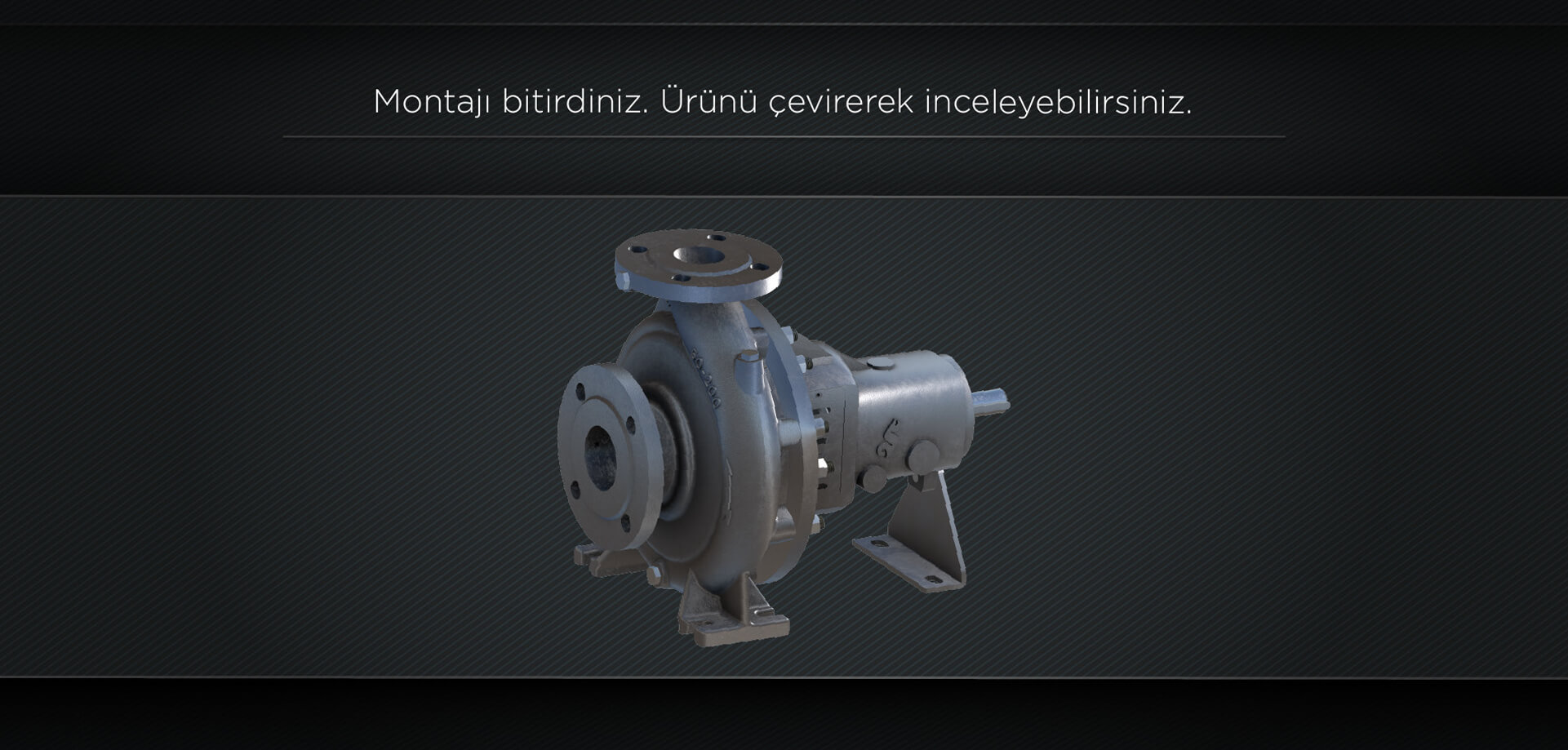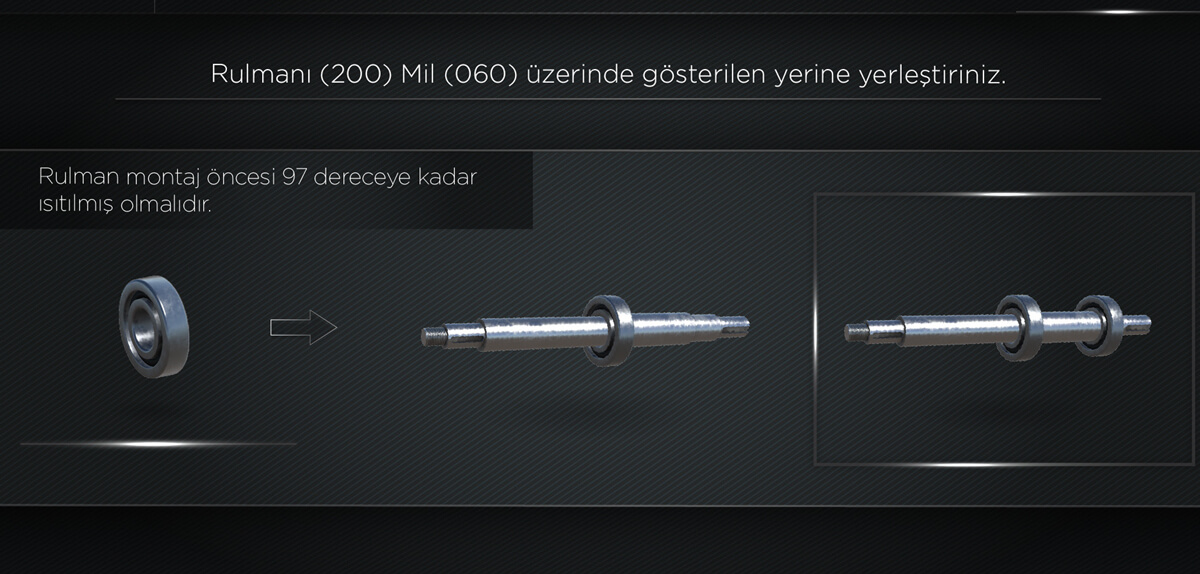
Virtual Reality Equipment and Systems
- Body movements 3-D Position Sensors.
- hand gestures sensing gloves
- Virtual feedback is sent via Stereo Displays.
- Tools used in Virtual Reality environments are divided into 3 parts.
- Stage
- Desktop
- Mirror World


Hand gestures – sensing gloves

Virtual Feedback – Stereo Displays
Head Mounted Display Crystal Display (Head Mounted DispIay, HMD)



